Jeans Tips: Buttonholes, Rivets and Hardware
In this blog series, explore the interesting subject of jeans making with BERNINA Educator, Jaime David. Ever since the Ginger Jeans Pattern craze in 2014-15, Jaime has been honing her skills in making jeans and has some great tips to share with you. There are so many patterns and sources available today. In addition, learn how pressing tools and choosing the right needles and threads can improve your results. Finish those jeans with professional details like buttonholes and rivets—with some helpful tips before you even start. Finally, learn how to repair and alter your denim to expand its livelihood.
Buttonholes, Rivets and Hardware
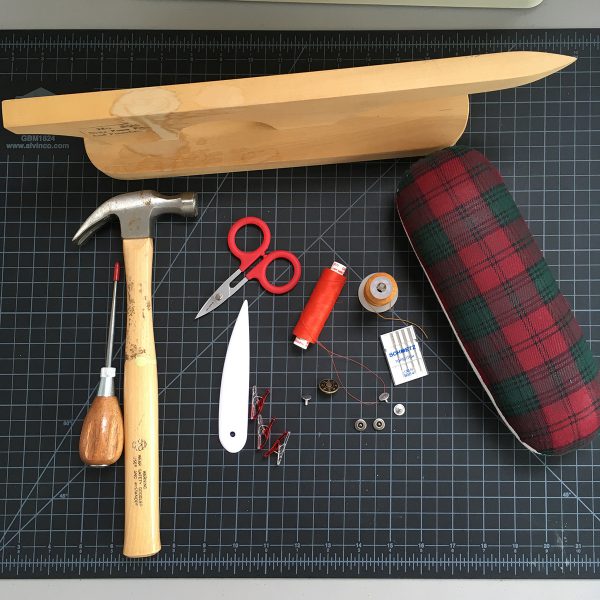
The final details of jeans making can be the most daunting, but if you practice by using the right tools, it will make the job so much easier. Adding hardware, like buttons and rivets, require the use of new tools like an anvil, awl and a hammer. Creating a buttonhole in the thickness of the waistband can be achieved successfully with a few helpful tips. BERNINA has accessories to help with this process.
Buttonholes
The waistband of jeans can be thick, especially if you have used denim on both the outside and inside of the waistband. The buttonhole must be stitched close to the edge of the waistband where the seam allowance often falls. This makes for an uneven and extra thick surface. The BERNINA automatic buttonhole foot #3A has a sliding track and a sensor that allows the sewing machine to interpret the stitch length, however when tracking over a bulky seam the long foot often cannot keep an even stitch and the foot will often stall in one place. To remedy this dilemma, I have two methods to create a buttonhole with success.
Method 1:
This is the perfect time to use the Buttonhole Compensation Plate. This accessory attaches to the automatic Buttonhole Foot #3A by hooking to the back of the foot and then snapping into the notches on the front of the foot. Your fabric will sandwich between two metal plates. By attaching this accessory, the presser foot is more capable of handling the thick fabrics and uneven seams in a consistent motion, resulting in a beautiful buttonhole stitch.
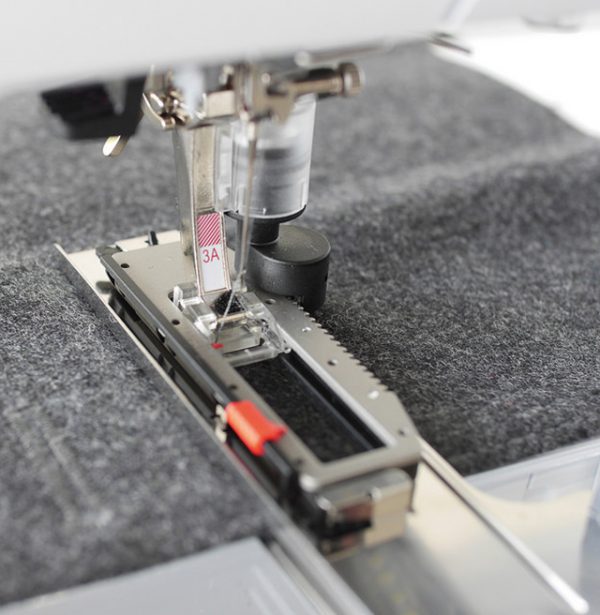
Tip: If necessary, the Height Compensation Tool (the white plastic tool that comes with BERNINA sewing machines) can also be used to support the front or side of the Buttonhole Compensation Plates so that everything is in parallel form.
Check out these blog posts on these helpful tools: Height Compensation Tool and Buttonhole Compensation Plate.
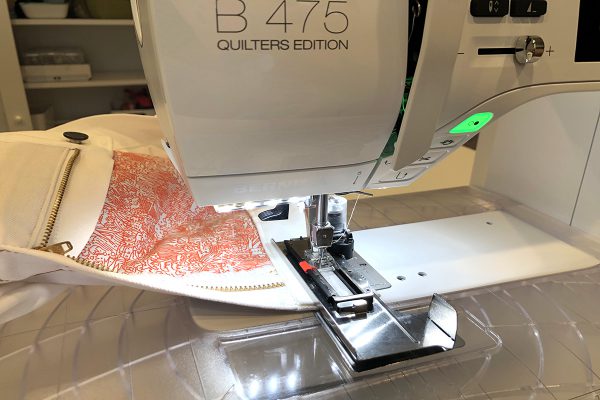
When using this tool, I have found that it is easiest to load my finished jean into the accessory and sew the buttonhole upside down. This means the bobbin side is the finished side for my buttonhole—do a practice buttonhole and adjust tension so the bottom side looks pretty too. I also recommend that you sew this with standard Metrosene thread and NOT the topstitching thread (remember it would be on the inside anyway).
Once the fabric is loaded, you are ready to set your automatic buttonhole length. The foot should move easily over the thickness of the waistband. Of course, I always recommend a test on fabric scraps before starting your final piece.
Method 2:
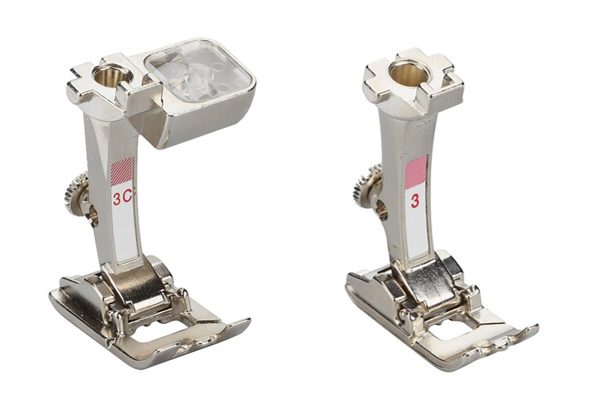
The other method that I have used to successfully create a buttonhole in jeans is to create a manual buttonhole. This allows the person sewing to be in charge of selecting the beginning and the end of the buttonhole. With this method, it does not matter as much if the stitches are consistent because there is a manual stop at the end of the pattern. To use this method, you need to have the manual Buttonhole Foot #3/3C. This foot is also great for creating many decorative techniques like gathering over a cord, creating a narrow rolled hem edge, elastic shirring, sewing a wire edge and couching. So although this foot doesn’t often come with the sewing machine, it is worth the investment.
With this method, you can use your topstitching thread because you will have total control of the sewing. I prefer the 5-step buttonhole for jeans (Stitch #54). It has one rounded end and one end with a bartack—like a simpler version of the keyhole buttonhole. If you are using topstitching thread in your needle, lengthen the stitch length to 3.5 to 4 mm. Once the stitch is selected and the foot is installed, it is time to set-up for the manual version of the stitch. Remember to mark your jeans with the desired buttonhole length using your favorite fabric marking pen.
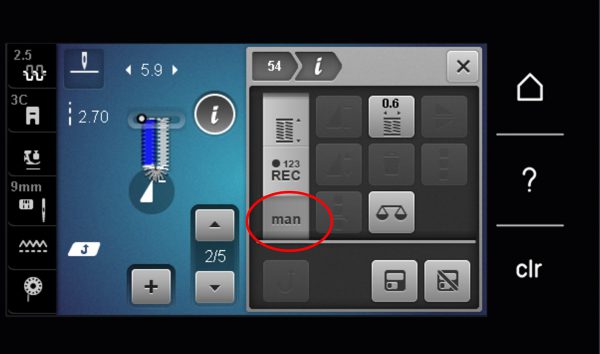
Touch the information icon “i” from the stitch screen and scroll down until you see the icon “man” for manual version. Touch the icon and now your screen will change to show the individual buttonhole steps 1/5. To work through the steps, you will tap the arrows to move between the steps after completing each section. Here is how the 5-step buttonhole sews.
Step 1: activates the buttonhole start—basically a secure stitch in place
Step 2: left hand buttonhole length
Step 3: sews the eye or rounded section of the buttonhole
Step 4: right hand buttonhole length—machines sews in reverse
Step 5: upper bartack and secure stitch—match to the start of stitch
Tip: When making a buttonhole with this method, use some tear away stabilizer on the back of the waistband to make more even surface for stitch to be formed.
Buttonhole Cutter with Wooden Block
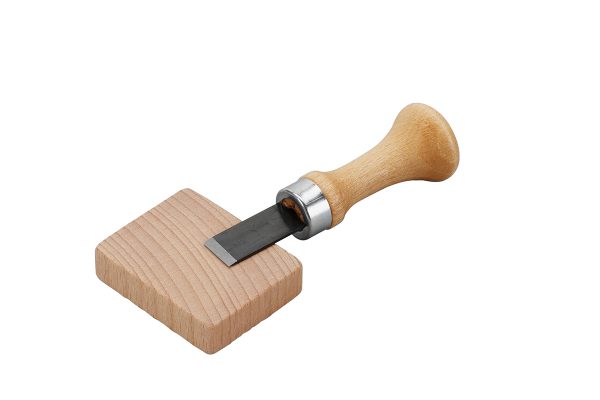
The final step in creating a perfect buttonhole is to invest in a proper buttonhole cutter. It is a certain tragedy to create the perfect buttonhole, only to ruin it by cutting through your stitches or bartacks because you used a seam ripper to open your buttonhole. The Buttonhole Cutter with Wooden Block is a chisel-shaped cutter that has a neat beveled edge to gently cut between your stitches. By cutting one half of the buttonhole at a time, along the edge of the wooden block, you will ensure that you get a precise cut into your fabric and not your stitches. It might seem like a silly tool, but details make the difference.
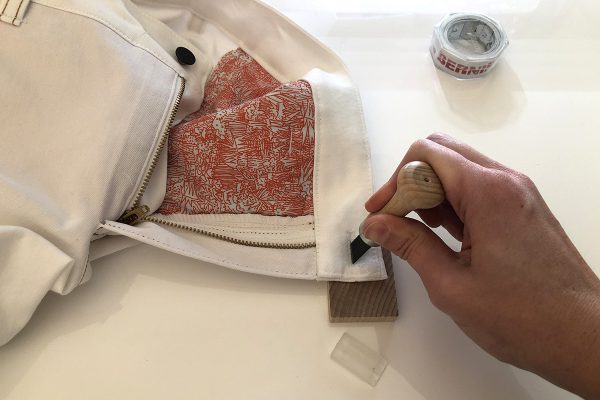
Rivets and Hardware
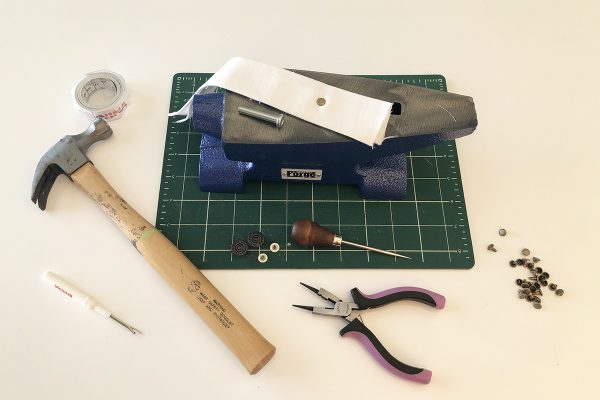
The final details of adding the button and rivets are always the most intimidating to me. I have had some bad experiences with buttons and rivets installing wrong, leaving me with a big hole and headache trying to fix it. There are several steps to setting hardware successfully and it all comes down to investing in the right tools. Fortunately, these are fairly common items that you might already have in your toolbox at home.
Hammer, Anvil, Pliers and Awl
First of all—you need a nice hard surface and a hammer to set a button or rivet without it busting through or bending. I have few hammers around, and the one I prefer is a medium duty version that is not too heavy or too dainty. An anvil is a heavy, often cast iron, tool used by metal smiths with a flat surface and a rounded ended for working curves. I found mine at Harbor Freight for about $20 and it is 15lb. It does the job well and I keep it on a small cutting mat to protect my tables from any auxiliary damage.
Secondly, you will need to have a good sharp awl that will allow you to poke and expand a hole into the layer of fabric you are working with. These are easy to find at most craft stores. In addition to the awl, having a good pair of sharp pliers with a wire cutting mechanism is also important. If the stud of your rivet is too long, you need to trim it off, otherwise you will break through the back of the rivet and no one wants a scratchy piece of metal against their body.
Buttons and Rivets
Finding the perfect finishing hardware can sometimes be a challenge. If you find a good source, I recommend buying for future projects. Closet Case patterns put together some great jeans making hardware kits that you can find in many stores and online. I have also found some great rivets and buttons at Tandy Leather. When you buy hardware make sure that you also have the directions and any tools needed to install them.
Tip: Placement of rivets is aesthetic but also functional. By placing them at areas of high stress like pocket corners, they will help all your beautiful stitching stay in place longer.
To install hardware, you need to create an opening in the fabric where you want the piece to go. Use the awl to carefully poke a hole through the fabric where the hardware will go. In the corners of pockets there are several layers of fabric to work through, so take your time. In areas that are thinner or have less layers, you need to make sure that the fabric has some reinforcement from a stabilizer. An awl is typically tapered so you use this to enlarge the hole to the size needed. Be careful of your beautiful topstitching when doing this step.
Now you can push the back of the rivet/button through the opening and determine if the any of the post needs to be trimmed. The key here is to practice this on some scrap material first—then you will know better the amount that needs trimmed. Usually it is not much to snip off, but that little difference will make a perfect finish. If your hardware came with some kind of tamp or setting tool—use it! My rivets had a tamp that fit perfectly on top of the rivet and all I had to do was give it a couple of taps with the hammer. Doing this on the anvil ensured that the back stayed flat and firm.
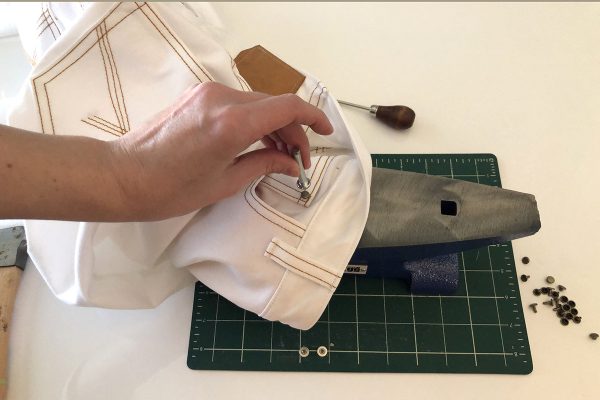
My button was a self-securing no-sew button from Dritz. This button has a ridged post that secures into the button as they are compressed together. I have actually installed them without an anvil and hammer, but I find to process easier if you use these tools. Other buttons that I have used required some setting tools that came with them.
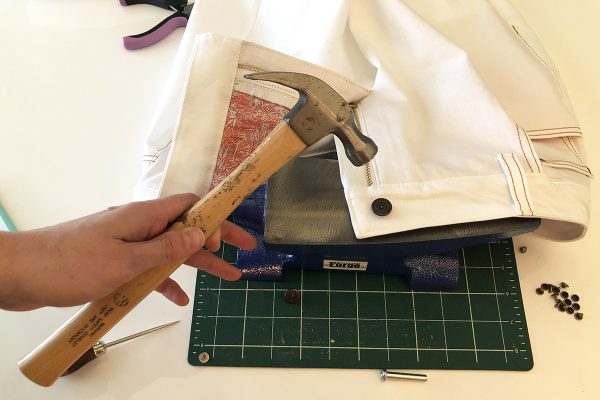
your perfectly polished finished jeans! Making jeans is such a rewarding experience and once you have learned all the parts of the process it becomes all about the fun of making the next pair.
Join me in the final post of the series where I tackle mending: Darning, Patching and Repair
Jeans Tips
What you might also like
6 comments on “Jeans Tips: Buttonholes, Rivets and Hardware”
-
-
You’re welcome. Thanks for taking the time to read and comment.
-
-
I ordered the 8D and will be using it to sew heavy canvas-like fabric for boat cushions. What type of thread should I use and any special tension settings?
-
There is no way to tell you exact tensions to set you will need to play with a sample of the same thickness of the material you are using to get it right. I use #69 Upholstery thread for canvas which will require some tension change to bobin, do that very carefully mark your original position of the screw with thin magic marker so you can return to that exact position. You did not say if this will be used outdoors, if you are you would want to check out the thread sunbrella uses for their cushions https://www.sailrite.com/ has excellent tutorials for working with canvas and they sell thread and canvas there. When you cut your holes for the buttons be sure to use some Freycheck or Aleen’s Stop Fray so that your rivets and buttons will not pull-out with use.
-
I would recommend a strong thread that will hold up to the elements. Nylon thread would be something to consider. It can be fussy to work with–thread nets help and lower upper thread tension. I think a topstitch needle would help and I would also suggest a long stitch length on the stitch 3.5-4.5. You might even find that using a triple stitch would provide more strength and longevity. I wish you the best of luck! I have never sewn boat cushions before but can see how there might be a need for this with them encountering so many elements like sun and water.
-
-
Hi – Thanks for this I have wanted to try this forever – I have seen people who make them using old jeans as the pattern. What do you think of doing this? Good Idea or not?
Thank you
Leave a Reply
You must be logged in to post a comment.
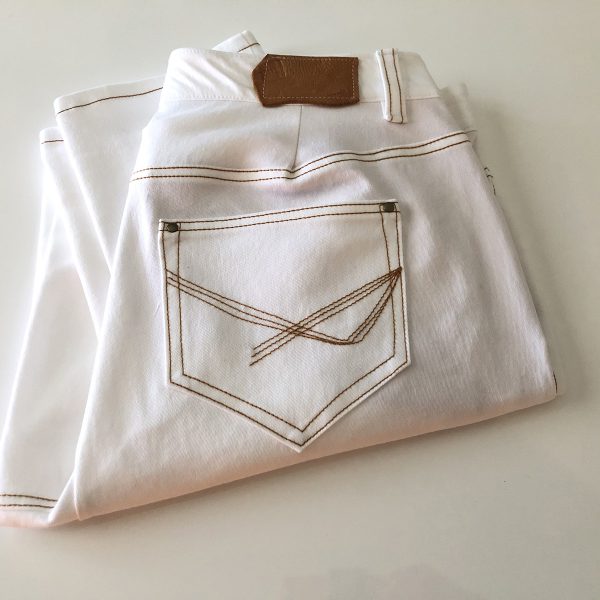
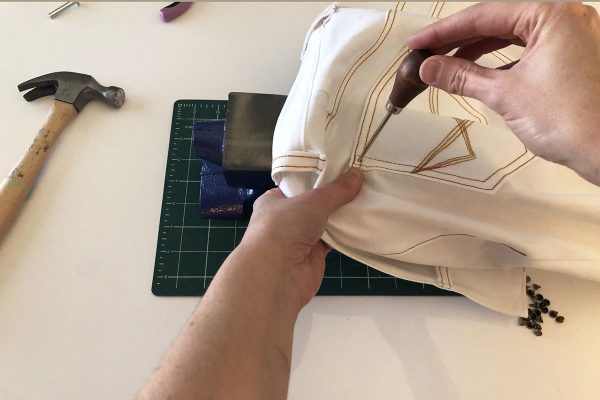
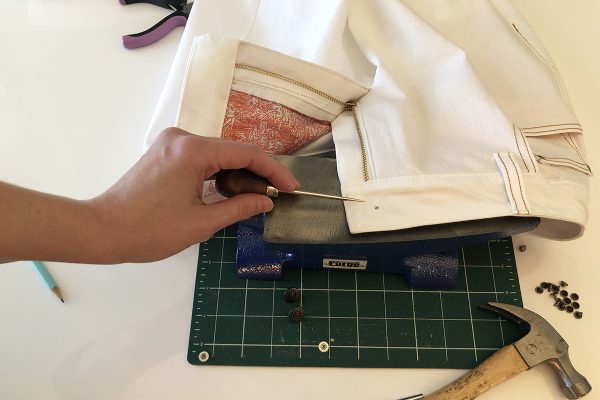
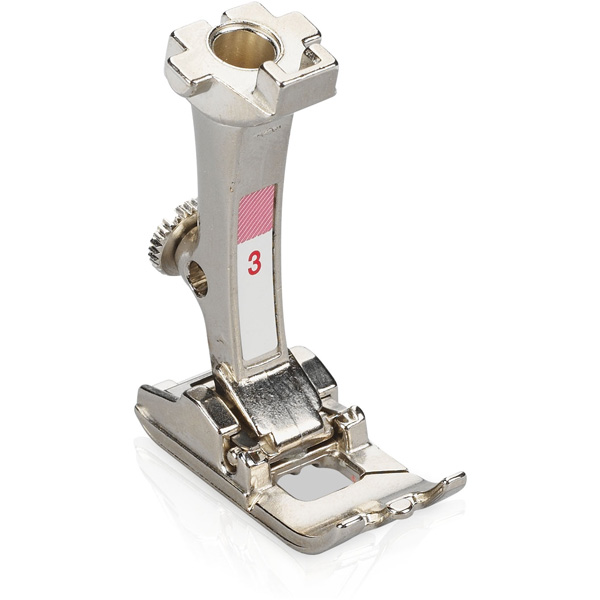
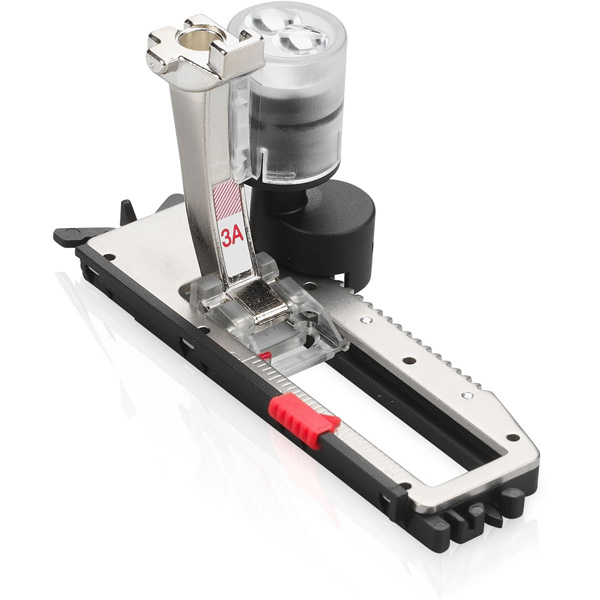
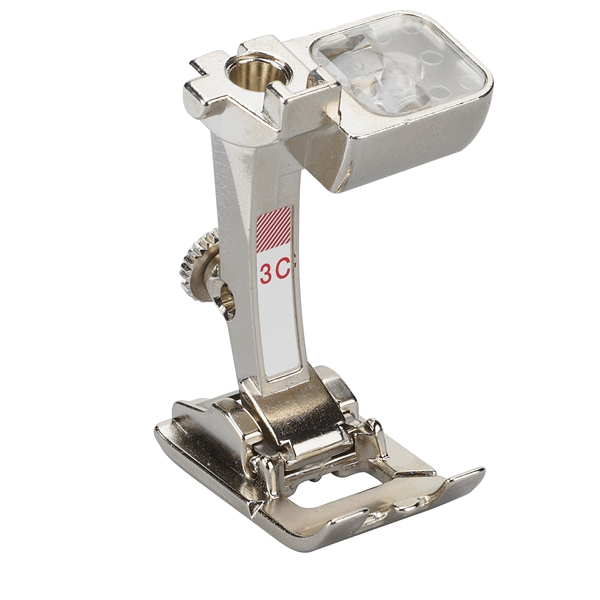
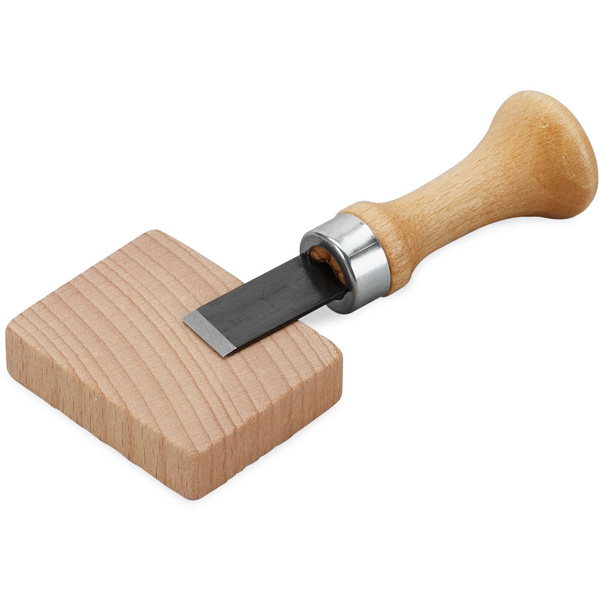
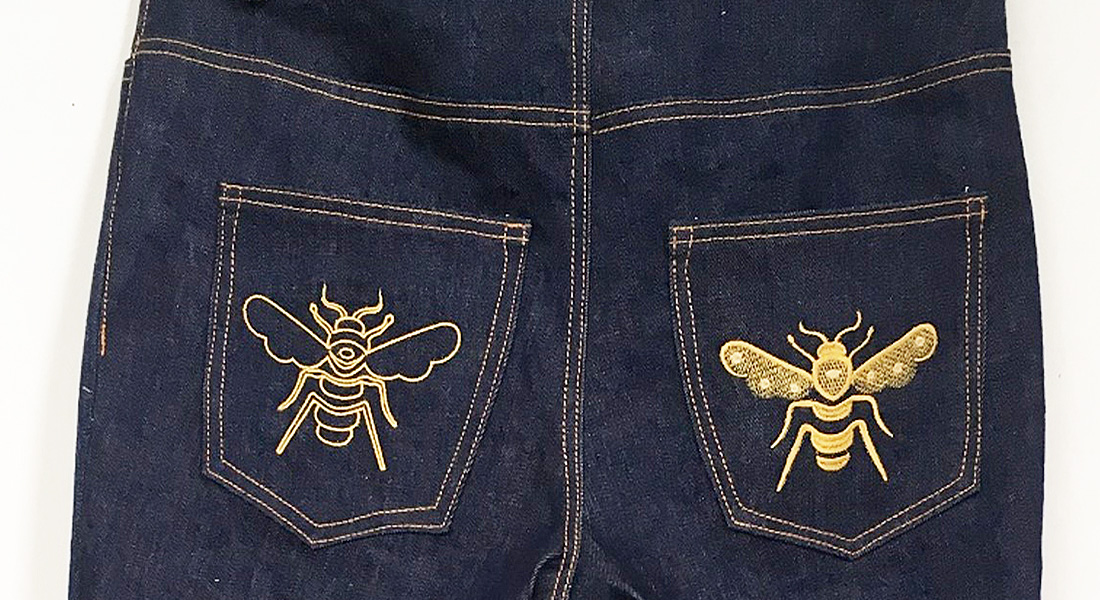

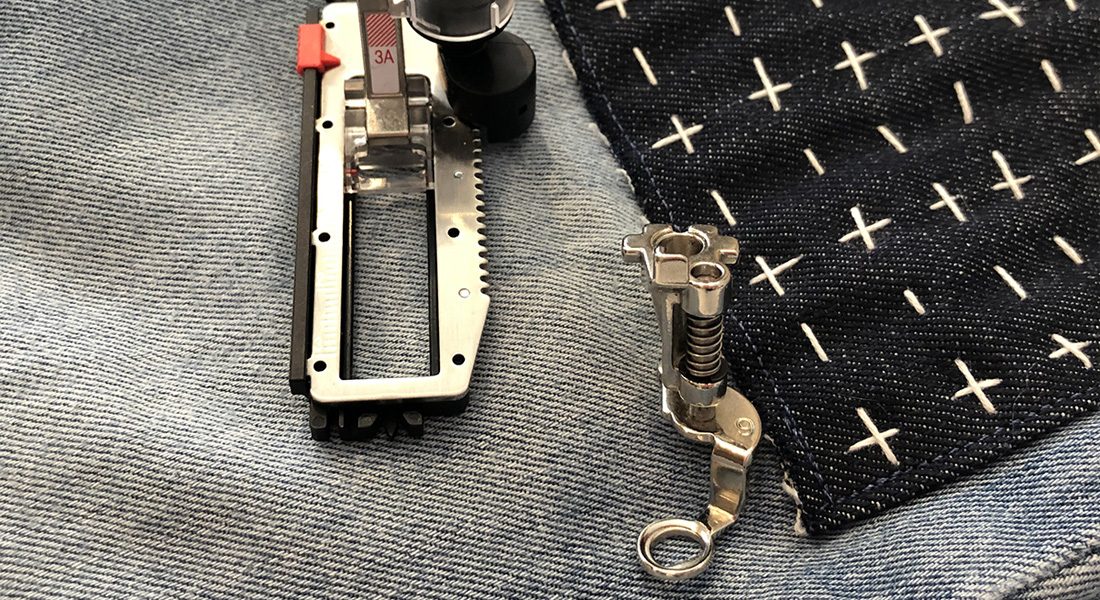
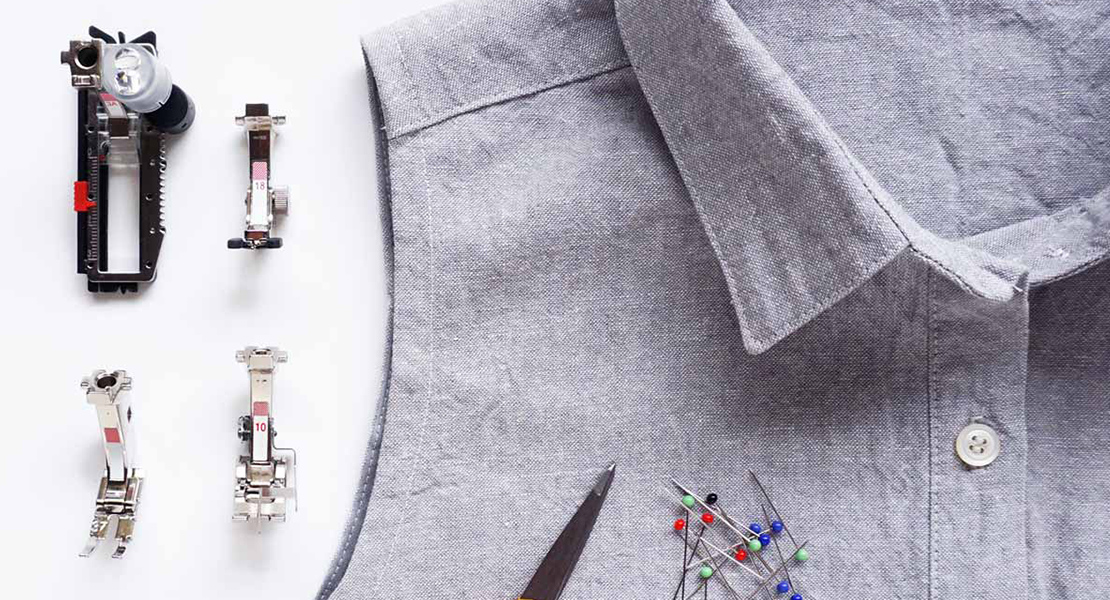
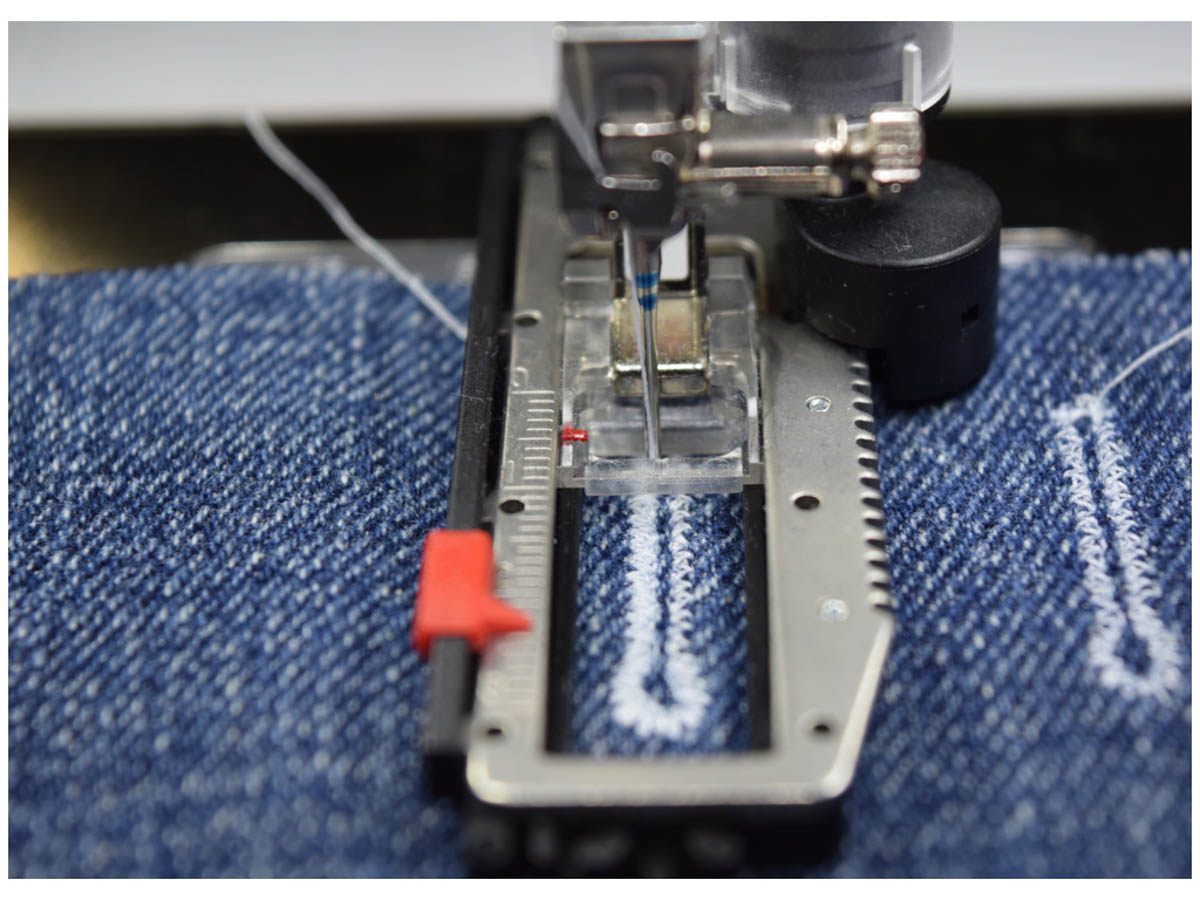
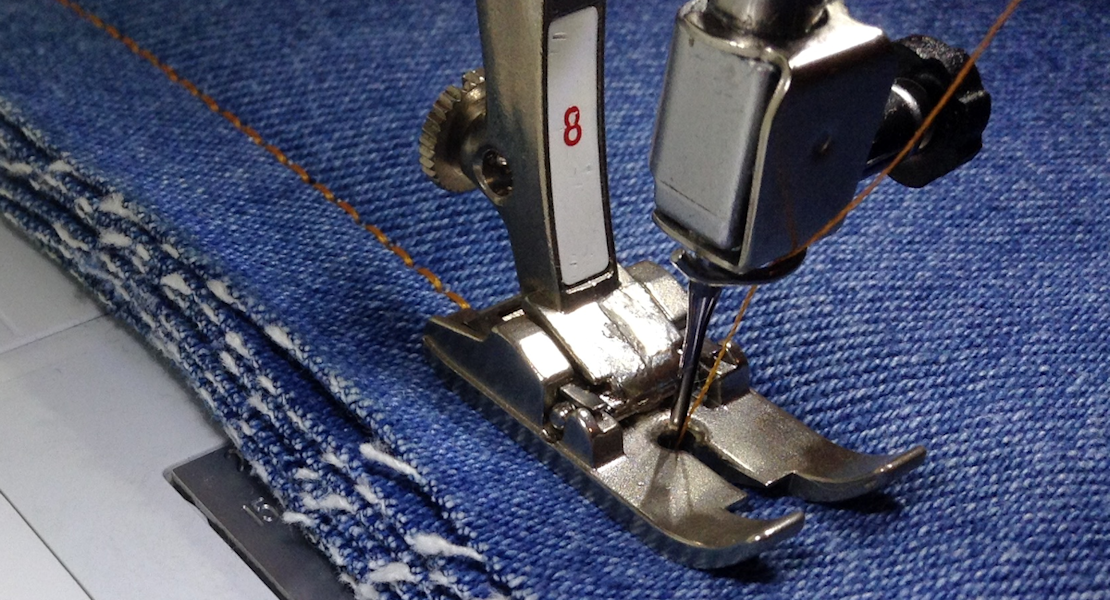
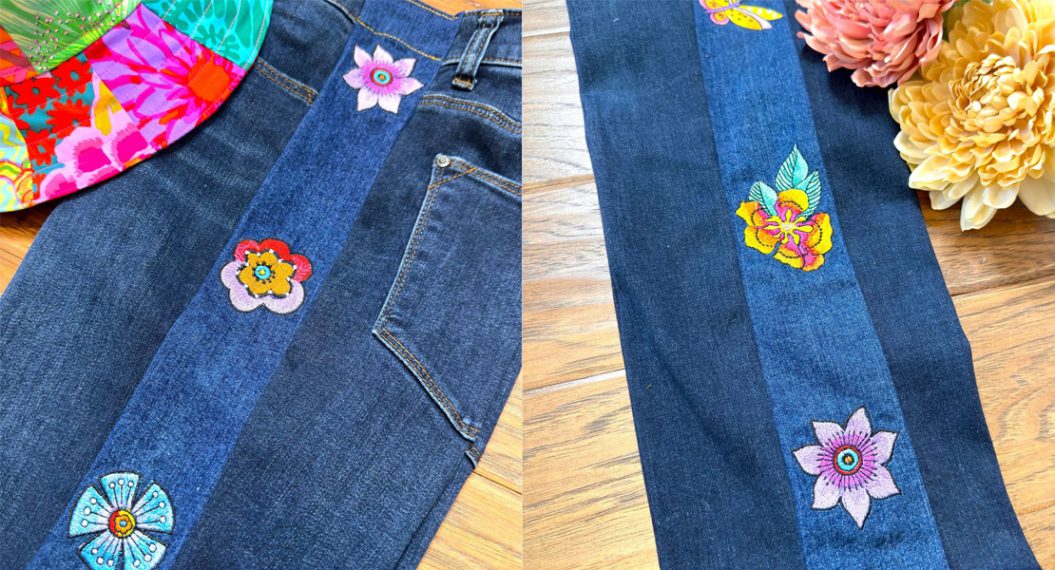
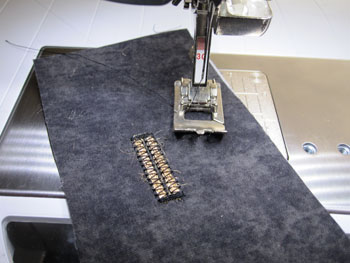
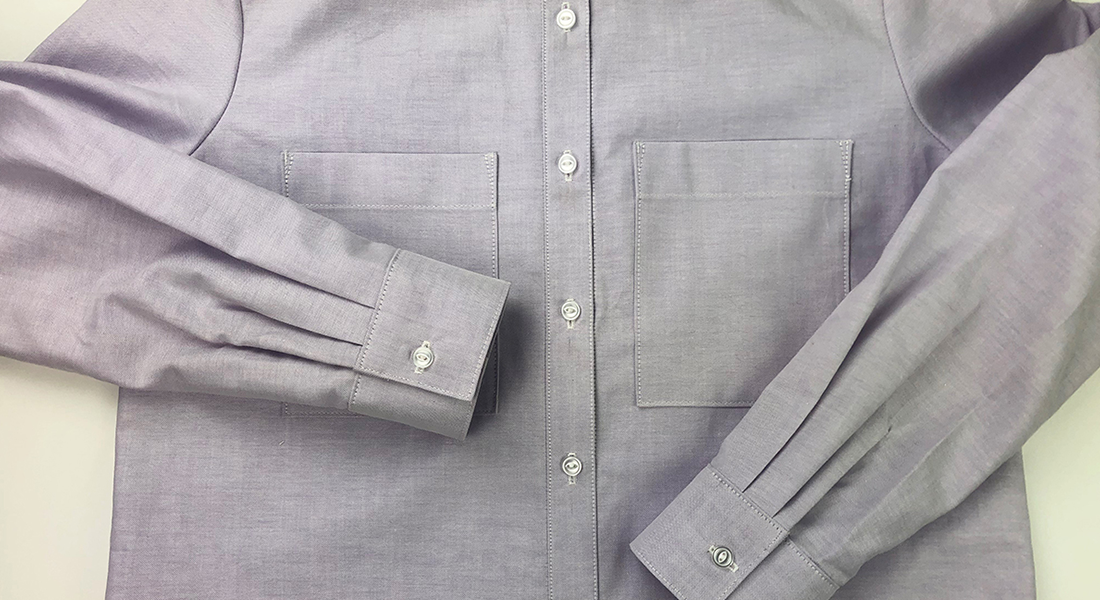
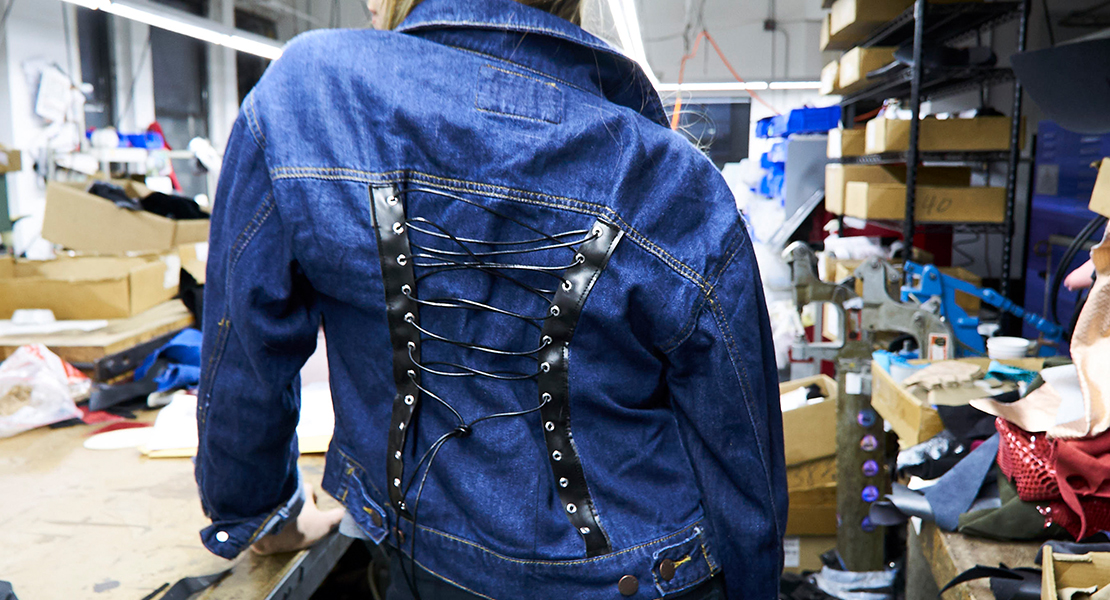
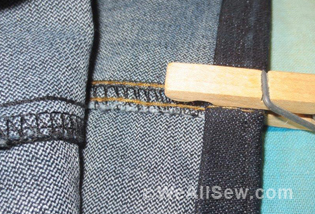
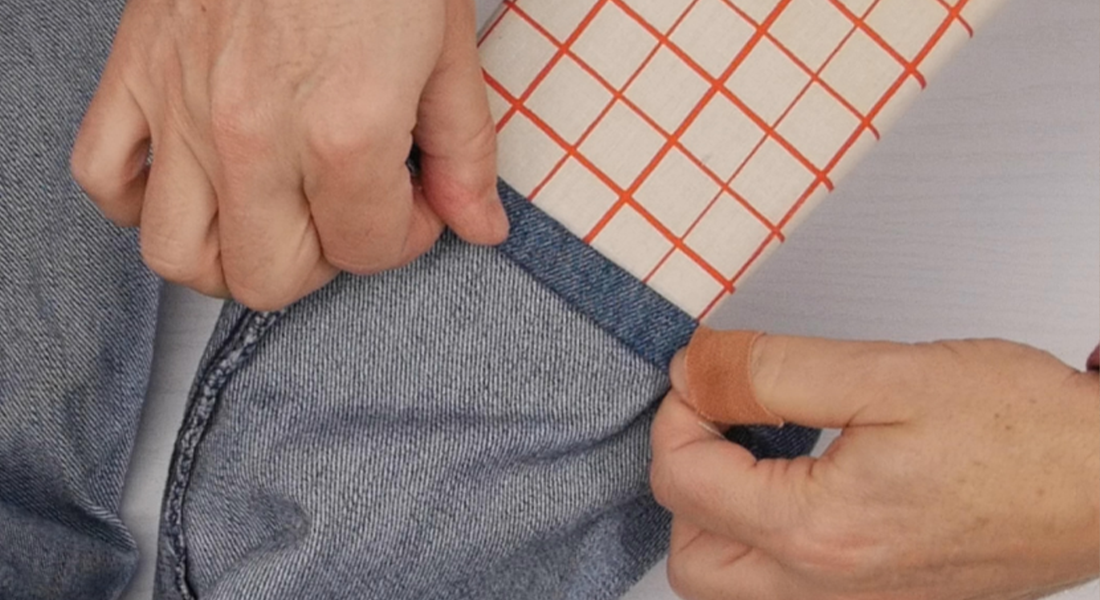
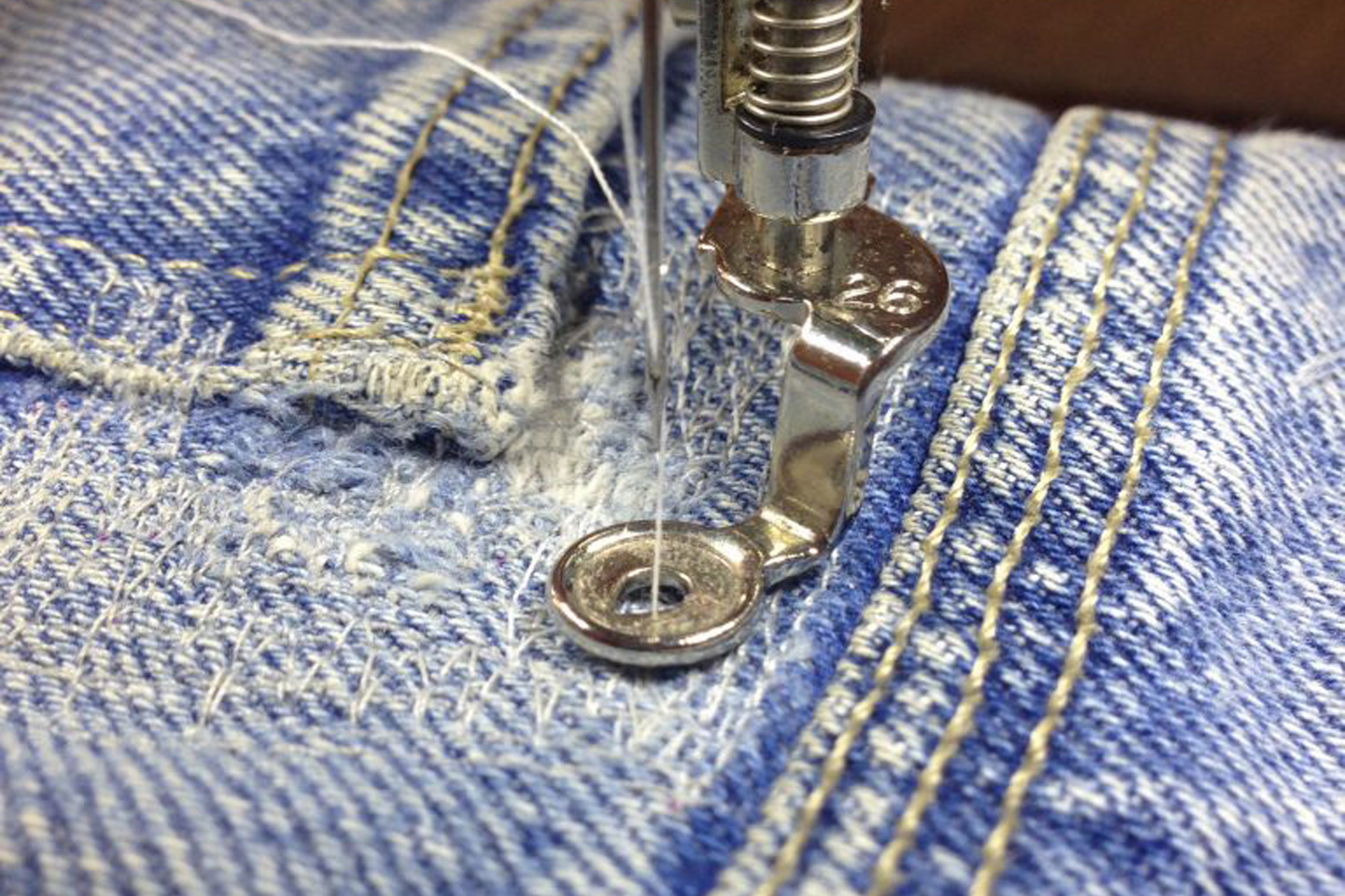
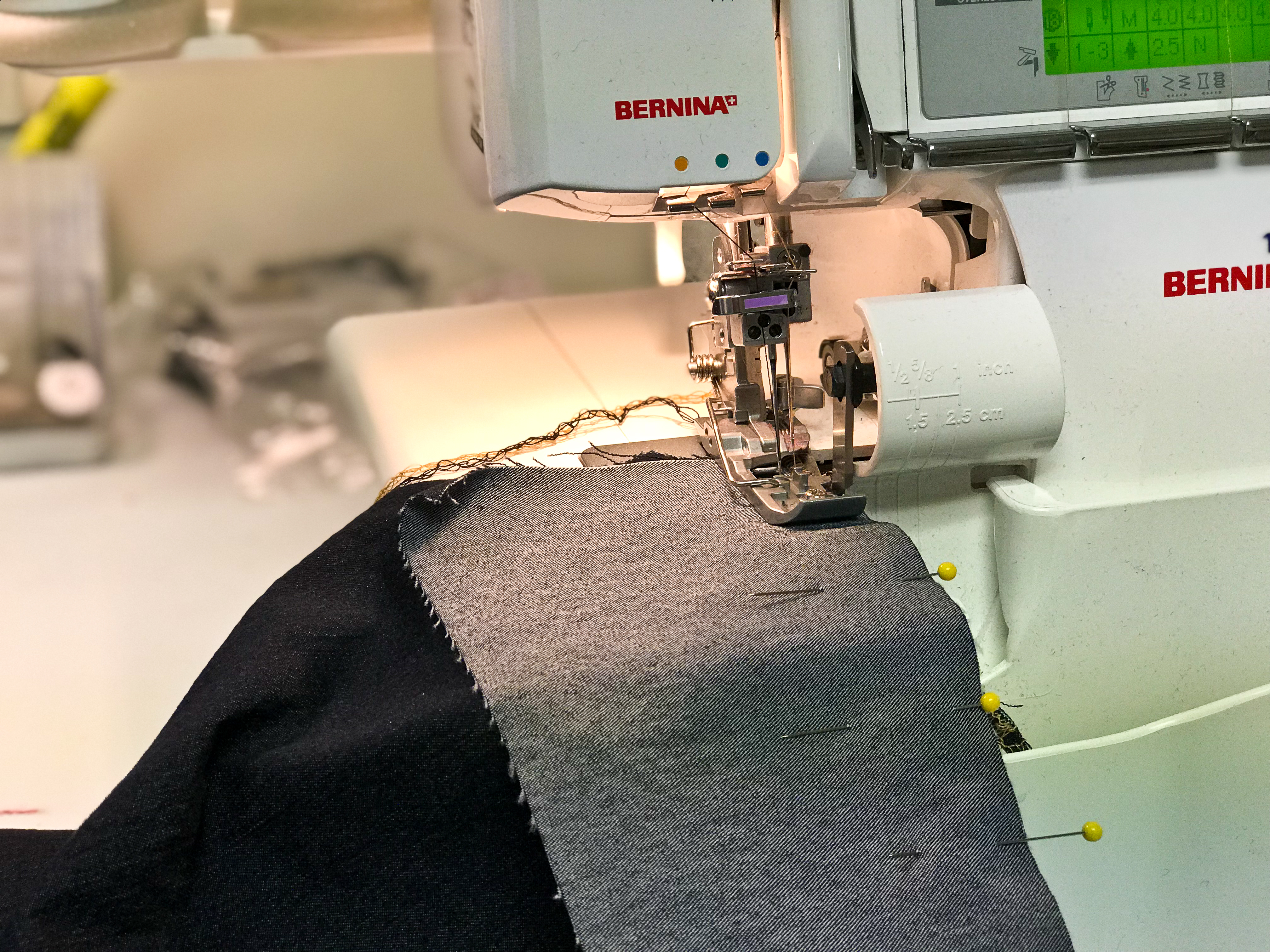
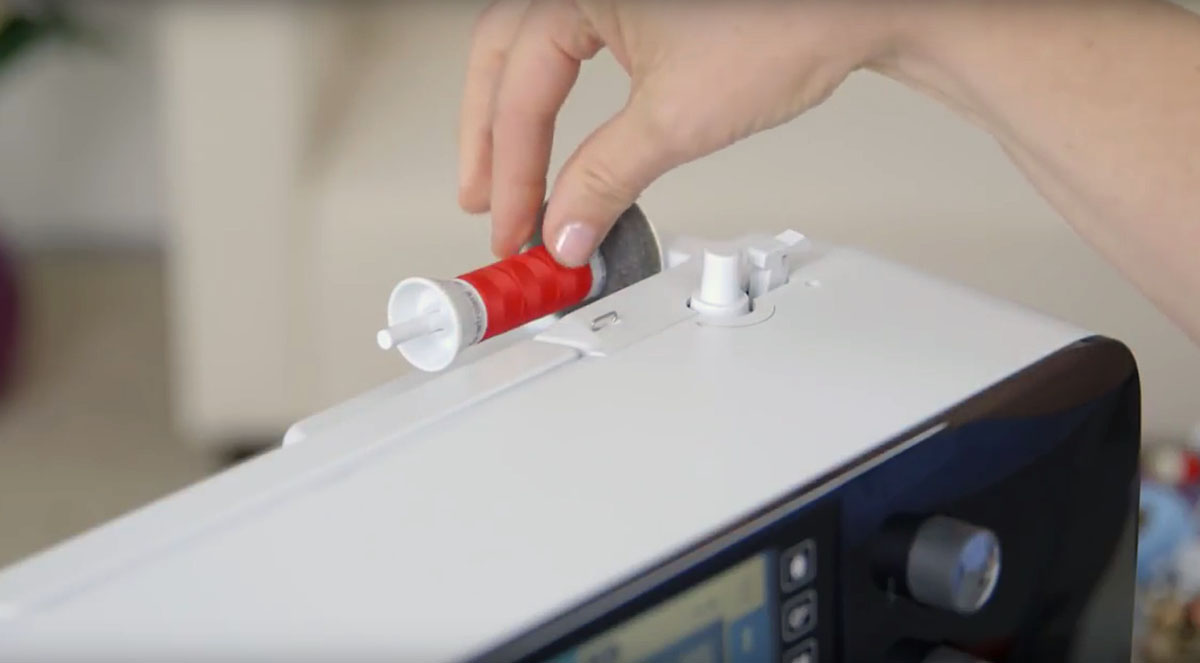
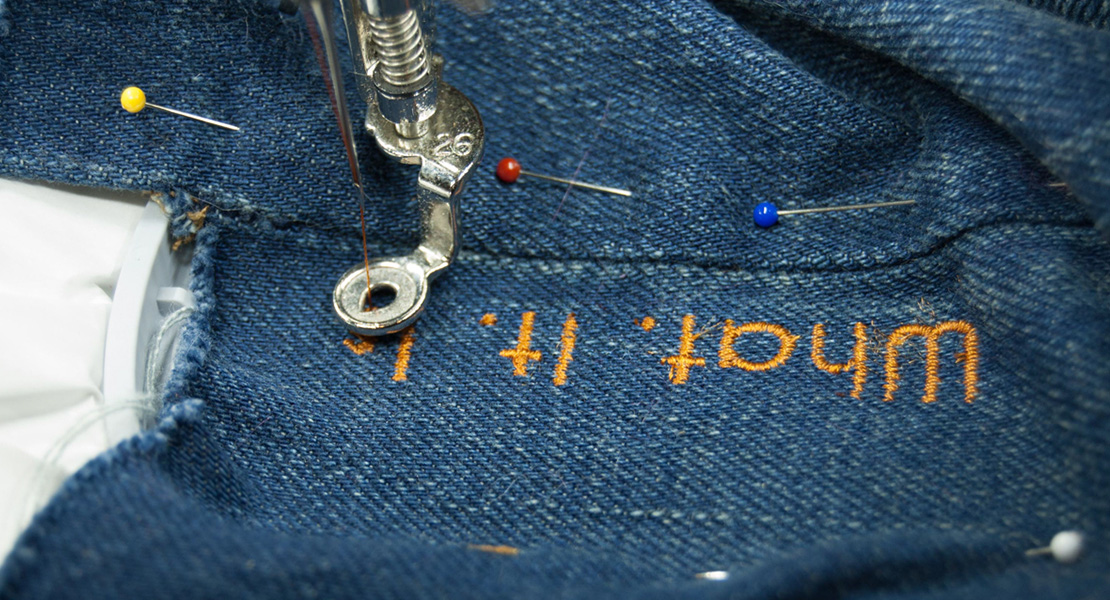
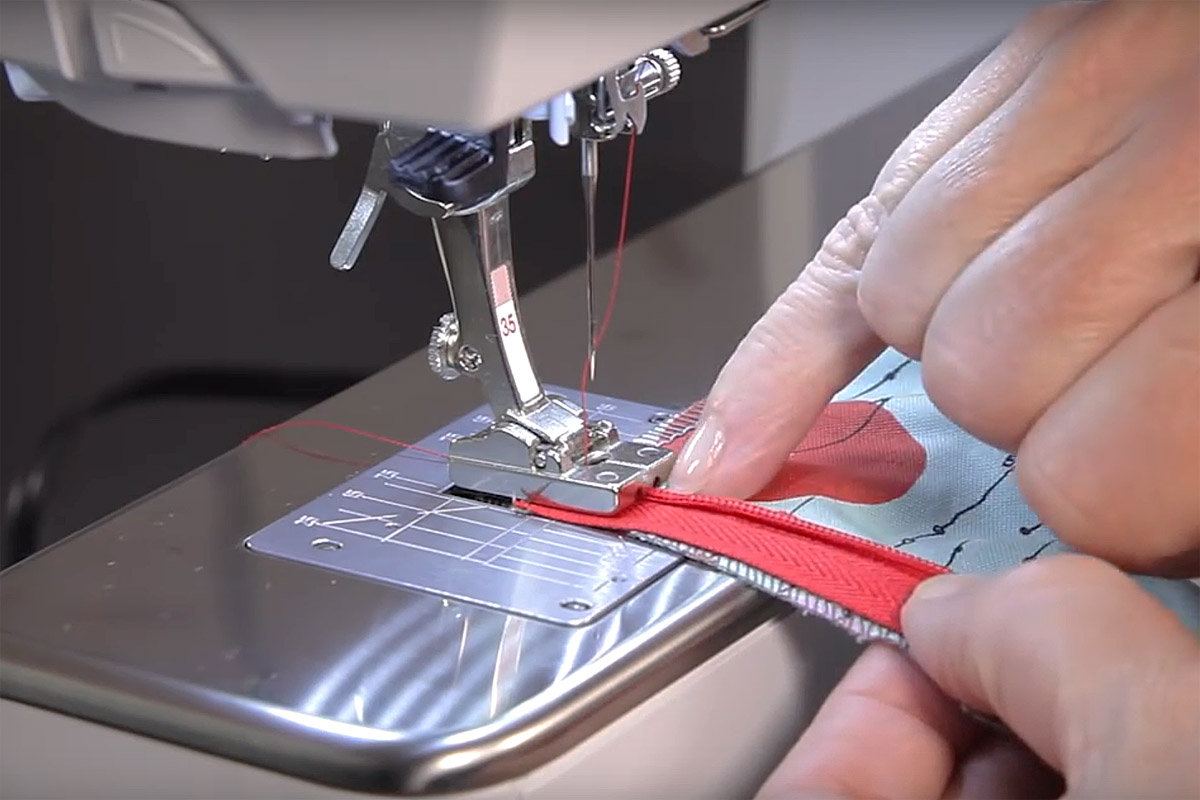
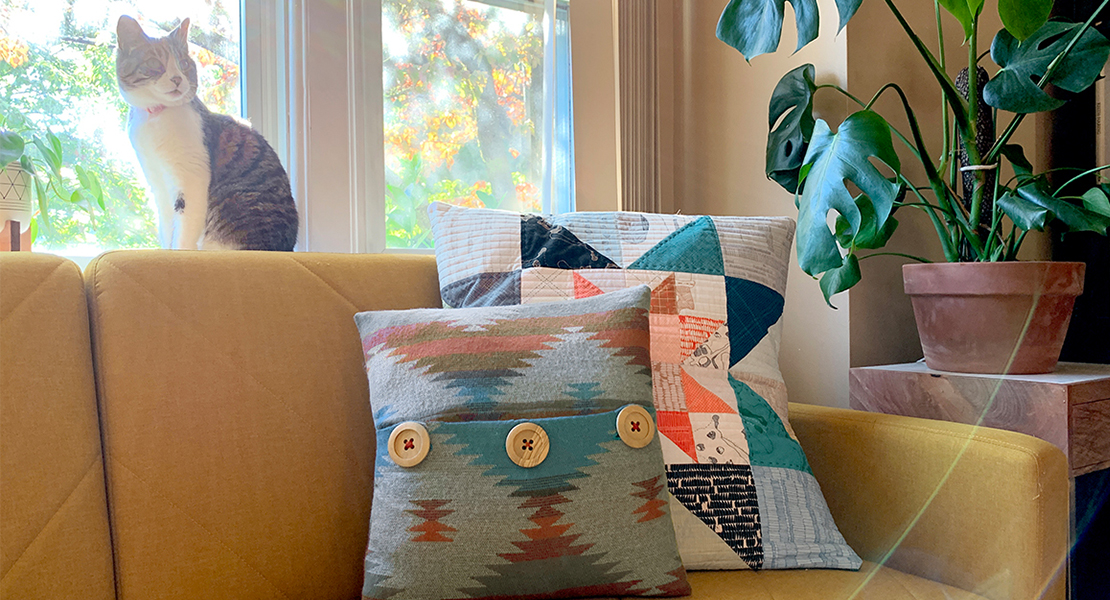

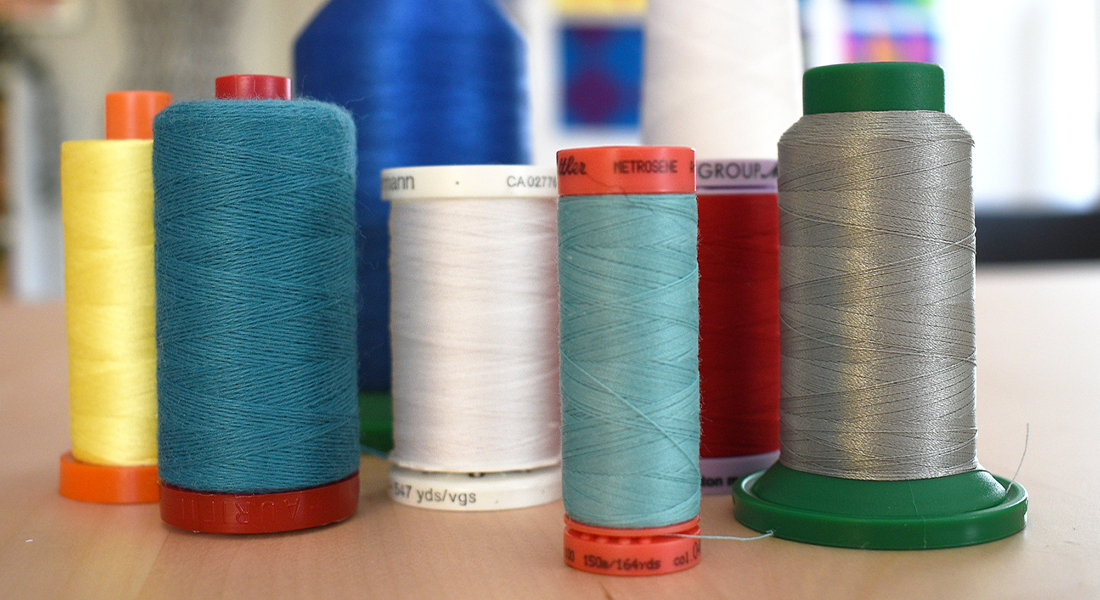
Thank you for the information